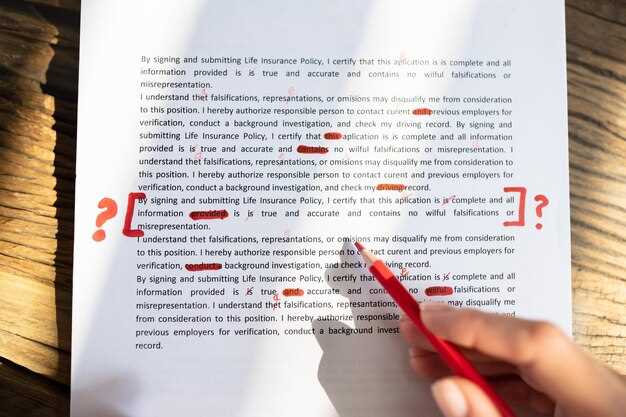
Start by identifying clear similarities and differences between your subjects. This approach helps you structure your essay logically and keeps your argument focused. Use a Venn diagram to visualize connections and contrasts before writing.
Develop a strong thesis statement that highlights the purpose of your comparison. For example, instead of saying “Apples and oranges are different,” try “Apples and oranges differ in nutritional value, texture, and culinary uses, making each fruit unique.”
Organize your essay using either a point-by-point or block method. The point-by-point method alternates between subjects for each comparison, while the block method discusses one subject fully before moving to the next. Choose the structure that best suits your topic.
Support your points with specific examples and evidence. If comparing two historical events, include dates, key figures, and outcomes to strengthen your analysis. Avoid vague statements that don’t add depth to your argument.
Revise your essay to ensure clarity and coherence. Check for transitions between paragraphs and make sure each sentence contributes to your overall argument. A well-polished essay leaves a lasting impression.
With practice and these strategies, you’ll write compare and contrast essays that stand out. Expert guidance can help you refine your skills and achieve better results.
Identify Key Similarities and Differences for Strong Essays
Focus on clear criteria to compare and contrast your subjects. Choose specific aspects like themes, features, or outcomes to analyze. This approach keeps your essay structured and easy to follow.
Use a table to organize your findings. A visual layout helps readers quickly grasp the similarities and differences. Here’s an example:
| Aspect | Similarity | Difference |
|---|---|---|
| Theme | Both explore human resilience. | One focuses on personal growth, the other on societal change. |
| Structure | Both use chronological order. | One includes flashbacks, the other does not. |
Highlight unique points for each subject. Avoid stating the obvious; instead, focus on insights that add depth to your analysis. For example, if comparing two novels, discuss how their narrative styles influence the reader’s experience.
Balance your essay by giving equal attention to similarities and differences. This ensures a well-rounded argument and keeps your analysis fair and thorough.
Structure Your Essay for Maximum Clarity and Impact

Begin with a strong thesis statement that clearly outlines the purpose of your compare and contrast essay. This sets the direction and helps readers understand the focus of your analysis.
Organize your essay using either the block method or point-by-point method. The block method discusses all aspects of one subject before moving to the next, while the point-by-point method alternates between subjects for each comparison. Choose the approach that best suits your topic and audience.
Use topic sentences at the start of each paragraph to introduce the main idea. This creates a logical flow and ensures your points are easy to follow.
Support your comparisons with specific examples, data, or quotes. This adds depth and credibility to your arguments, making your essay more persuasive.
Conclude by summarizing the key points and reinforcing your thesis. Avoid introducing new information; instead, focus on leaving a lasting impression by highlighting the significance of your analysis.
Use Evidence and Examples to Support Your Arguments
Select evidence that directly relates to your main points. For instance, if you’re comparing two historical events, use primary sources like letters or official documents. This makes your argument credible and specific.
- Use statistics from reliable sources to add weight to your claims. For example, “According to a 2022 study by Harvard University, 75% of participants preferred method A over method B.”
- Incorporate real-life examples to illustrate your points. If discussing leadership styles, mention how Steve Jobs’ approach differed from Elon Musk’s.
- Quote experts or scholars to back up your analysis. For instance, “As Dr. Jane Smith explains in her 2021 paper, this theory has significant implications for modern psychology.”
Always explain how the evidence supports your argument. Don’t assume the reader will make the connection. For example, “This data shows that Method A is more efficient because it reduces waste by 30% compared to Method B.”
Organize your evidence logically. Present the strongest points first and follow with supporting details. This keeps your essay focused and persuasive.
- Start with a fact or figure that highlights the main idea.
- Add an example to show how this applies in practice.
- Conclude with a quote or expert opinion to reinforce your point.
Balance different types of evidence. Combine quantitative data like numbers with qualitative insights like personal stories or observations. This creates a well-rounded argument.
Polish Your Essay with Expert Editing Tips

Read your essay aloud to catch awkward phrasing or unclear sentences. Hearing the words helps identify areas that need smoother transitions or better word choices.
Focus on one editing task at a time. Start with structure, ensuring each paragraph supports your thesis. Then, check for grammar, punctuation, and spelling errors in a separate pass.
Replace vague words with precise language. For example, instead of “good,” use “effective” or “insightful” to convey your point more clearly.
Trim unnecessary words to make your writing concise. Look for phrases like “due to the fact that” and replace them with “because” to improve readability.
Ask a peer or mentor to review your essay. Fresh eyes can spot issues you might overlook and provide valuable feedback for improvement.
Use tools like Grammarly or Hemingway Editor to catch common mistakes and improve sentence structure, but always review suggestions manually to ensure they fit your style.
Check your citations and formatting to ensure they meet the required guidelines. Properly cited sources add credibility to your work.
Take a break before your final review. Returning to your essay with a clear mind helps you spot errors and refine your arguments more effectively.